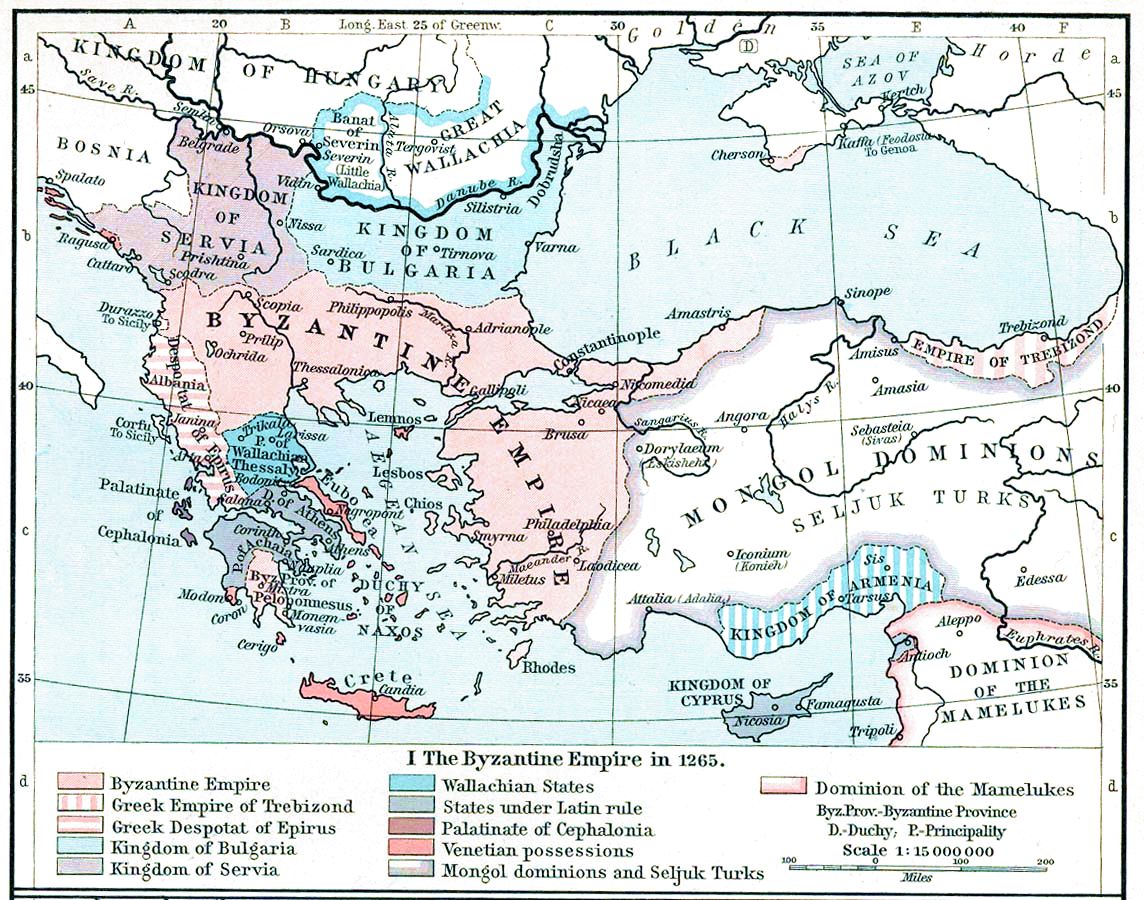Originally posted by Amphipolis
View Post
Well, you'll have to get over it about FYROM.....
.....keep from the maps what is useful for you, just as you do with Bulgarian statistics.





Comment